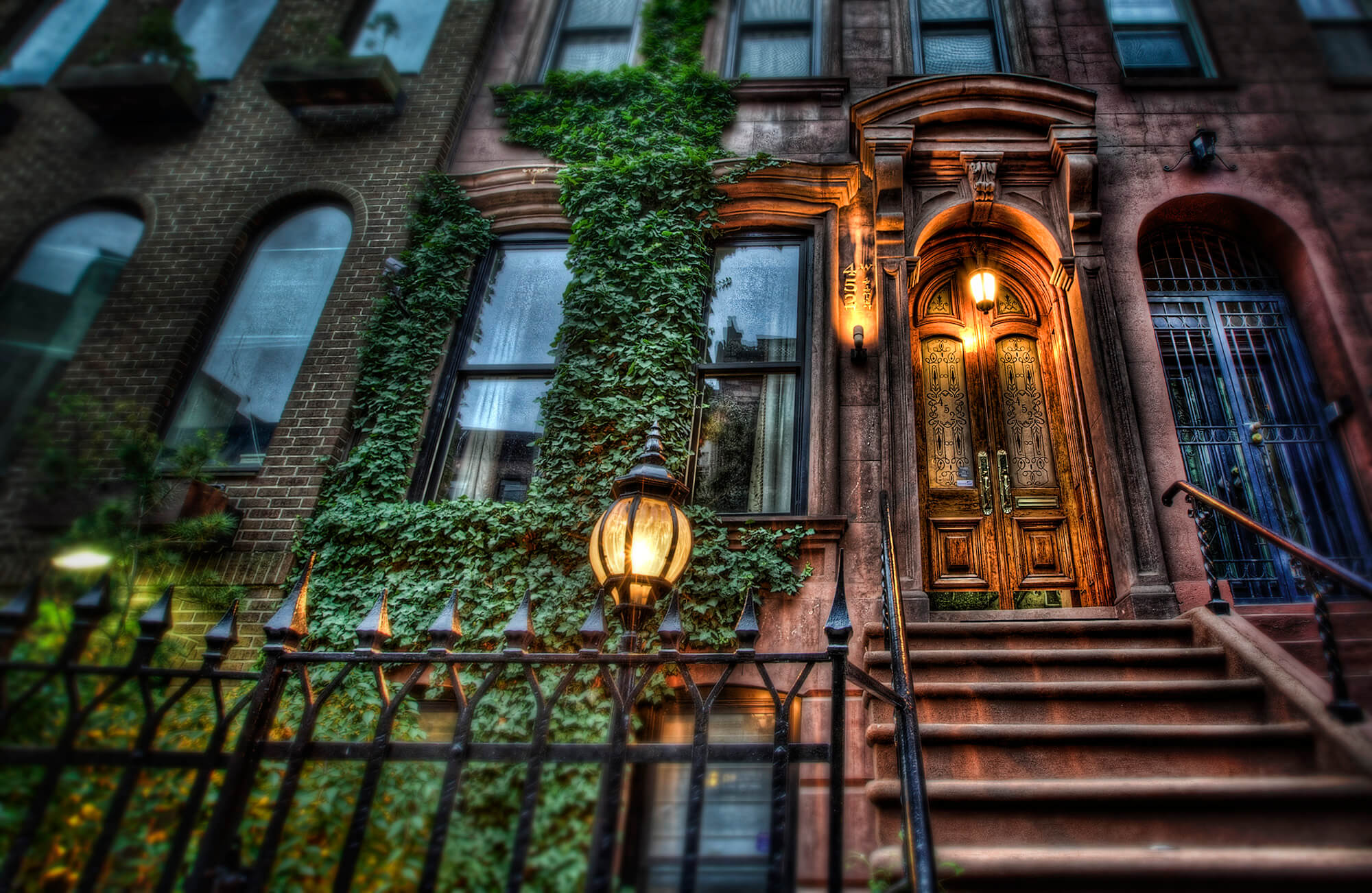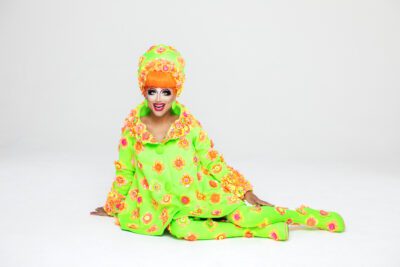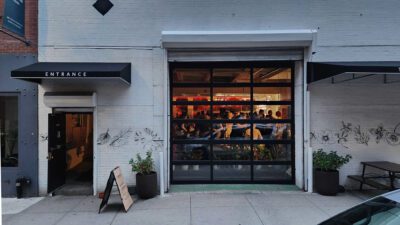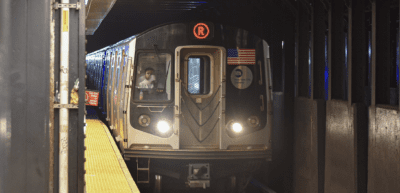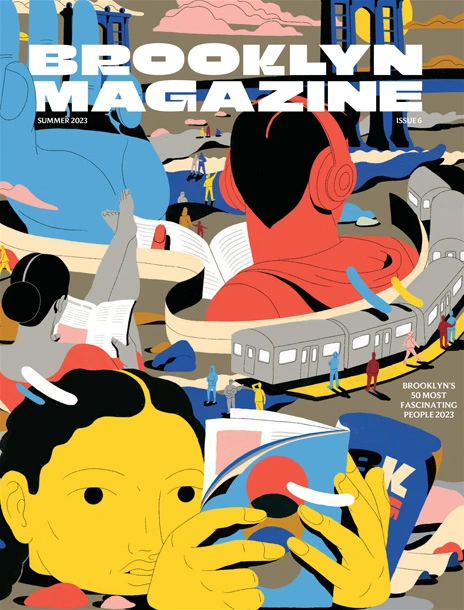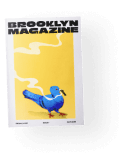What’s the Difference Between “Emerging” and “Prime” Brooklyn? (Both of Them Are Getting More Expensive)
Amid news yesterday that home prices in North Brooklyn and “Brownstone Brooklyn” had spiked 34 percent in the first quarter of the year—surprise, surprise—Brownstoner took a look at the rapidly-closing price gap between “prime” and “emerging” neighborhoods in the borough, which got us to wondering: what exactly does that mean?
Not much, it seems! Mostly, the terms are realtor-speak to differentiate between neighborhoods that everyone knows are extremely expensive (Park Slope) and neighborhoods people still think are cheap-ish, but are, in fact, still wildly unaffordable if you’re a middle class person looking to purchase a home (Bed-Stuy, Crown Heights).
Soon enough, there may be no reason to use the terms at all: Brownstoner notes that prospective buyers in “emerging” ‘hoods like Prospect Lefferts Gardens, Bed-Stuy, and Crown Heights have seen prices jump “anywhere from 30 to 100 percent since January,” and that high-end brownstones in these neighborhoods are now going for around $2 million, closing in on the neighborhood averages of areas like Park Slope, where comparably upscale homes are going for three or four million apiece. Of course, the situation is further complicated by flippers doing things like raising the price of a building 54 percent after renovating for just three days.
All told, the average price for townhouses is now $2,205,000 for a group of neighborhoods that includes “Williamsburg, the Navy Yard, Greenpoint, Boerum Hill, Brooklyn Heights, Carroll Gardens, Clinton Hill, Cobble Hill, Park Slope, Prospect Heights, Windsor Terrace, the Columbia Waterfront District, Dumbo, Fort Greene, Gowanus, Red Hook, Vinegar Hill, and parts of Downtown.” Sounds like they’re plenty “emerged” already.
Follow Virginia K. Smith on Twitter @vksmith.
You might also like 









